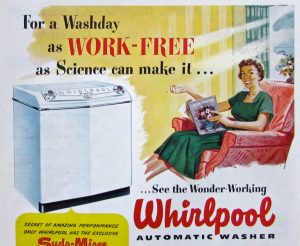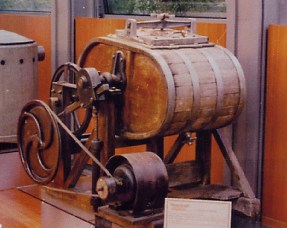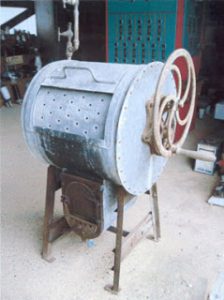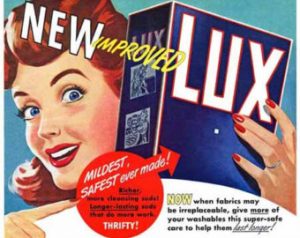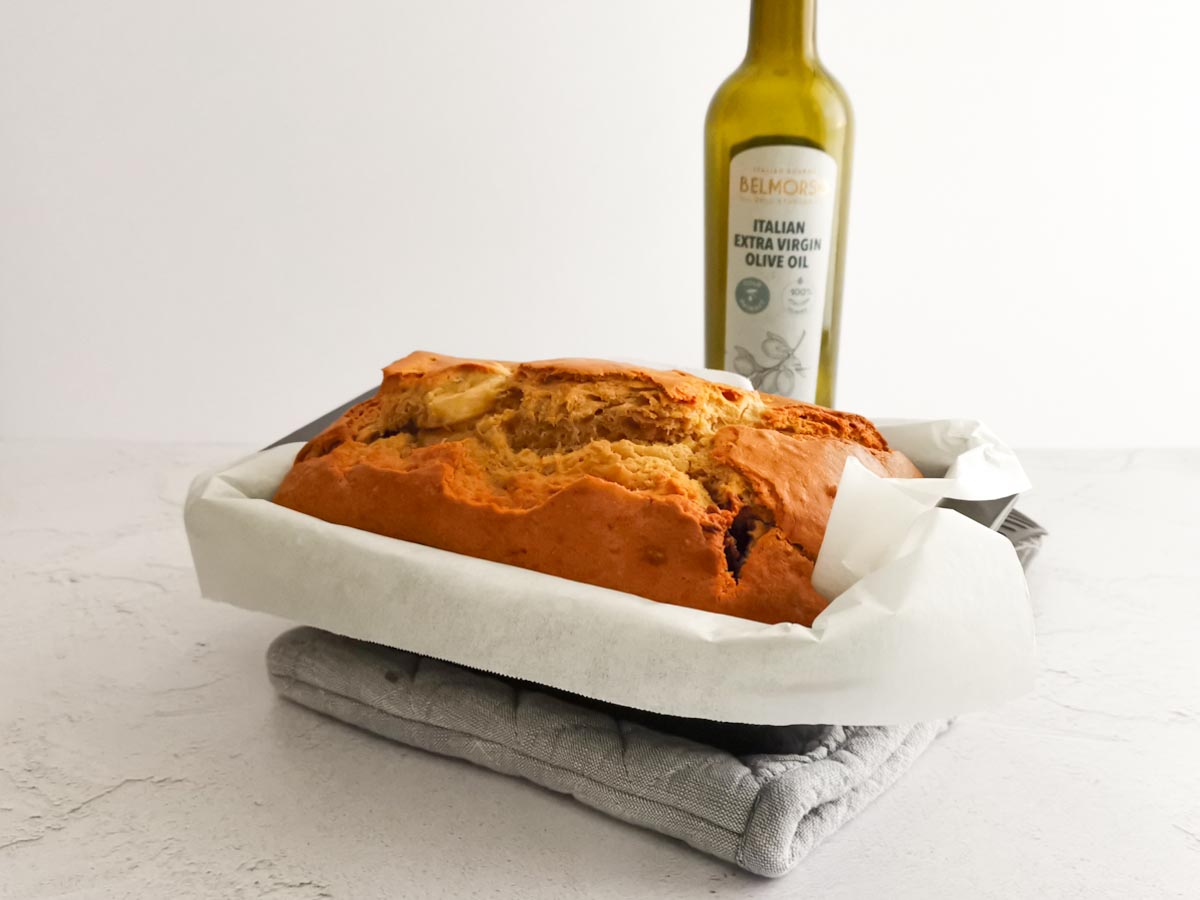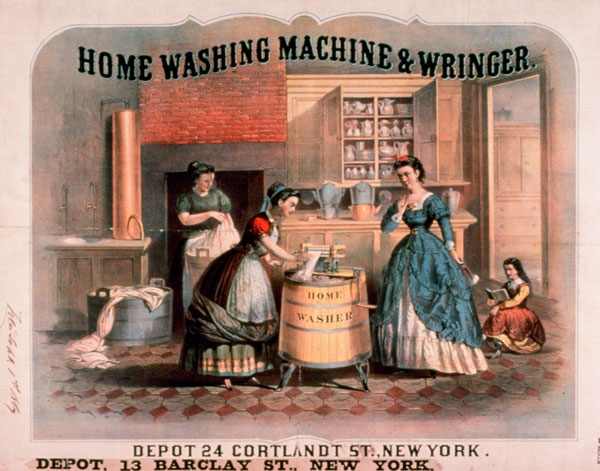
The Dinette Teller – 10. The Washing Machine
The washing machine is the symbol of the economic boom experienced in the 60’s.
In addition to the dirt this device also removed the heaviest and most time-consuming household chore. Represented as one of the most important steps it served as a catalyst to female emancipation and to a very deep change in daily life and habits.
Before it was invented, people, mainly the women, were used to cleaning their clothes and linen on rocks with the running water of fountains or natural streams. The sand was used as an abrasive substance. The soap was discovered in the Roman Epoch, using a mixture of ashes and sacrificial animal’s fat which was a great cleaning agent.
In 1667, the Baron John Hoskins created a technique to rinse the laundry through a turning rope basket and a water stream.
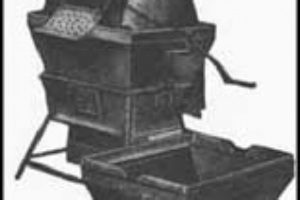
The proper inventor of the washing machine is instead meant to be Thomas Bradford, who in the 1860 created a device similar to the one of today. It encompassed two wooden octagonal boxes – the smaller one contained the laundry which was placed inside the larger one that was filled with water and soap. With the help of a crank handle a person could rotate the smaller box.
The first seller of the washing machine was William Blackstone, who created a slightly different device as a gift for his wife’s birthday in the 1874. It represented such a great invention that he built a business which is still running nowadays.
Over the years many improvements were added and the wood was substituted with steel.
An engine was placed in the machine; beginning with the steam engine which later developed to the modern electric type; introduced for the first time in 1907 by Alva Fisher.
The modern washing machine born in the 60’s and its boom was supported also by two additional commercial changes – the increasing amount of synthetic fabrics and the even wider range of commercially available laundry-soaps and powders.

